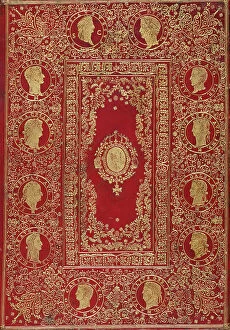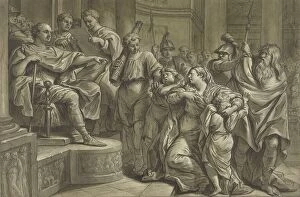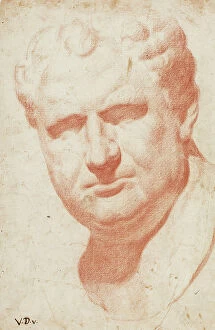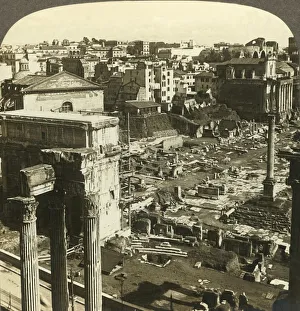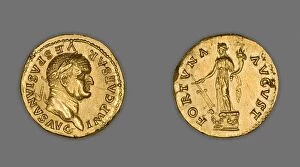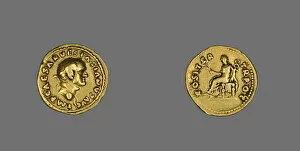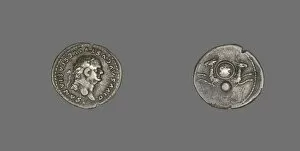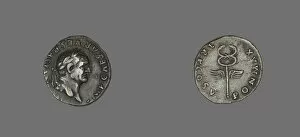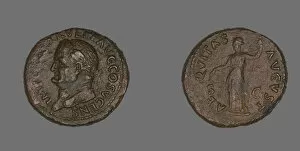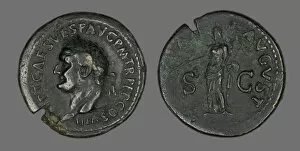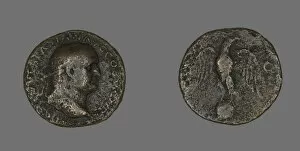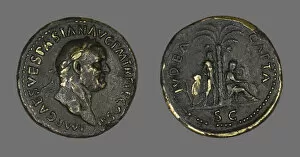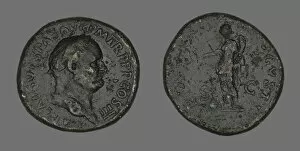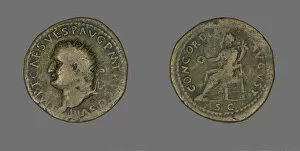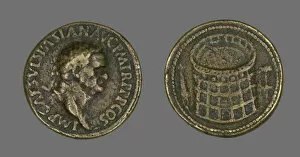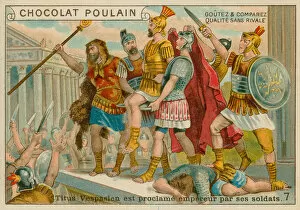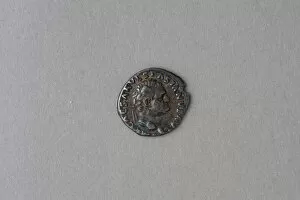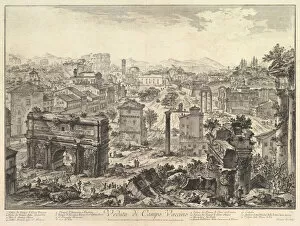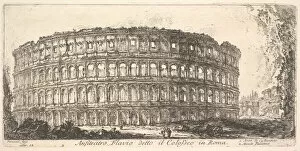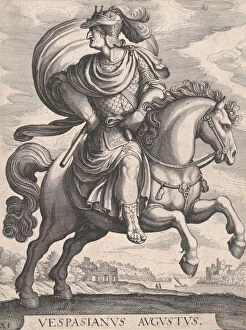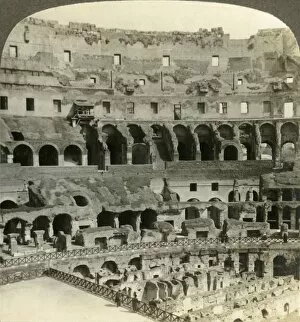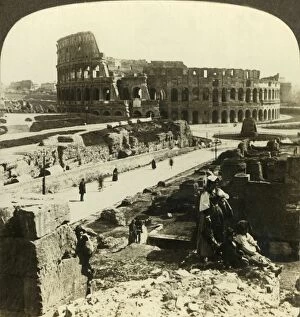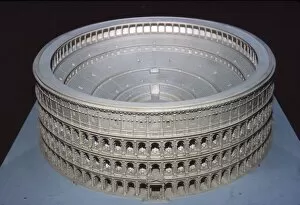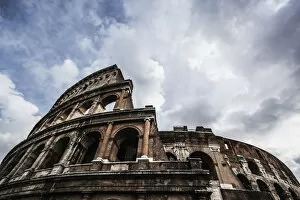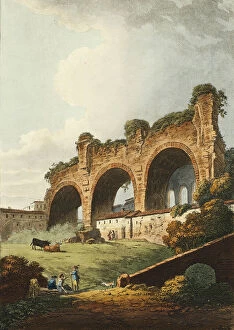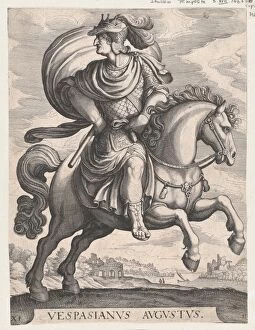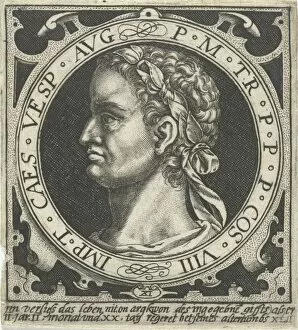Emperor Vespasian Collection
Emperor Vespasian, a prominent figure in ancient Roman history, left an indelible mark on the world
For sale as Licensed Images
Choose your image, Select your licence and Download the media
Emperor Vespasian, a prominent figure in ancient Roman history, left an indelible mark on the world. His reign was marked by significant achievements and events that shaped both Rome and its empire. One of the notable legacies of the Early Christian Baptismal Bath at the Roman forum of Sufetula in Sbeitla, Tunisia. This site serves as a testament to his tolerance towards different religious practices during his rule. In Rome, Italy, one can still witness the grandeur of Emperor Vespasian's architectural endeavors. The Temple of Vespasian and Arch of Severus stand proudly as reminders of his contributions to urban planning and infrastructure development. Coins portraying it can also fascinating artifacts from this era. Aureus coins issued by him showcase his regal visage and symbolize stability within the empire during his reign. However, not all aspects of Emperor Vespasian's legacy were positive. The Massacre at Jerusalem depicted in "The Story of Titus and Vespasian" highlights a dark chapter in history when he led military campaigns against rebellious factions. Yet amidst these conflicts, coins minted during various years portray Emperor Vespasian's image with pride. Denarius coins from 70-81 AD capture different stages of his rule while showcasing intricate designs that reflect artistic excellence. Furthermore, As coins from 74 AD depict another aspect of Emperor Vespasian's monetary influence on society. These small denominations circulated widely among everyday Romans, demonstrating economic stability under his leadership. Sestertius coins minted between 69-79 AD further exemplify how currency played a crucial role in disseminating imperial propaganda during this period. They serve as tangible evidence attesting to Emperor Vespasian's political prowess and control over vast territories.

